Editorials
6 Children in Holiday Horror Movies That Deserve a Lump of Coal [12 Days of Creepmas]

‘Tis the season for children to be on their best behavior, so Santa Claus can properly declare whether they belong to the nice or naughty list. The sixth day of Creepmas spotlights a handful of naughty children in holiday horror movies that deserve a lump of coal in their stockings, at the very least.
These horror movies feature kids so ruthless that they draw audience ire and wishes for Krampus to come take them away. The 12 Days of Creepmas continues on Bloody Disgusting, this time with 6 holiday horror movies that put vicious children at the forefront of the terror.
Keep track of the 12 Days of Creepmas here.
Krampus
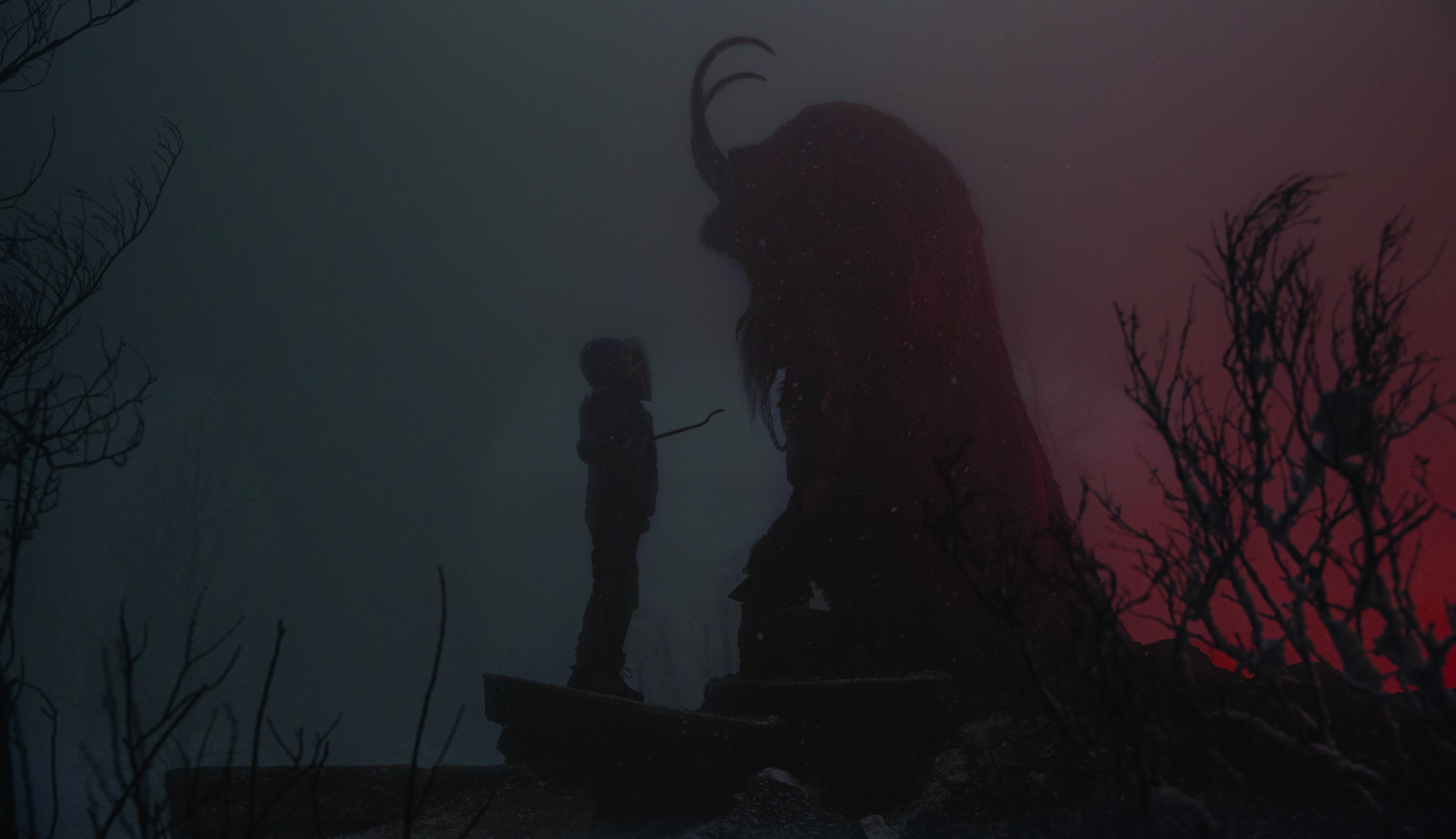
When Max’s (Emjay Anthony) dysfunctional family won’t stop fighting and nothing goes as planned, he turns his back on Christmas and accidentally summons Krampus. All hell breaks loose as Krampus and his horde of minions punish Max and his family, in Michael Dougherty’s fan favorite holiday horror movie. Technically, almost the entire family belongs on the naughty list as their constant bickering and bullying is what inspires Max to unwittingly summon Krampus in the first place. But Krampus’ reign of terror inspires Max to see the error of his ways, making the children of Krampus the nicest among the naughty list.
Silent Night

For the most part, writer/director Camille Griffin’s feature debut, Silent Night, plays like many comedies set around holiday gatherings. It features typical awkwardness that comes from a large makeshift family coming together during one of the most stressful times of the year, attempting to cast aside grudges, secrets, or bad manners for the sake of yuletide cheer. But it becomes clear there’s something quite sinister bubbling beneath the surface of forced merriment, and Griffin’s debut slowly evolves into a harrowing horror story rife with tragedy. It’s a rare instance where the misbehaving children, particularly Art (Roman Griffin Davis) and Kitty (Davida McKenzie), earn their rebellious behavior with the reveal of the horror element. It’s an even rarer instance where these naughty children are ultimately undeserving of their holiday punishment.
The Sacrifice Game
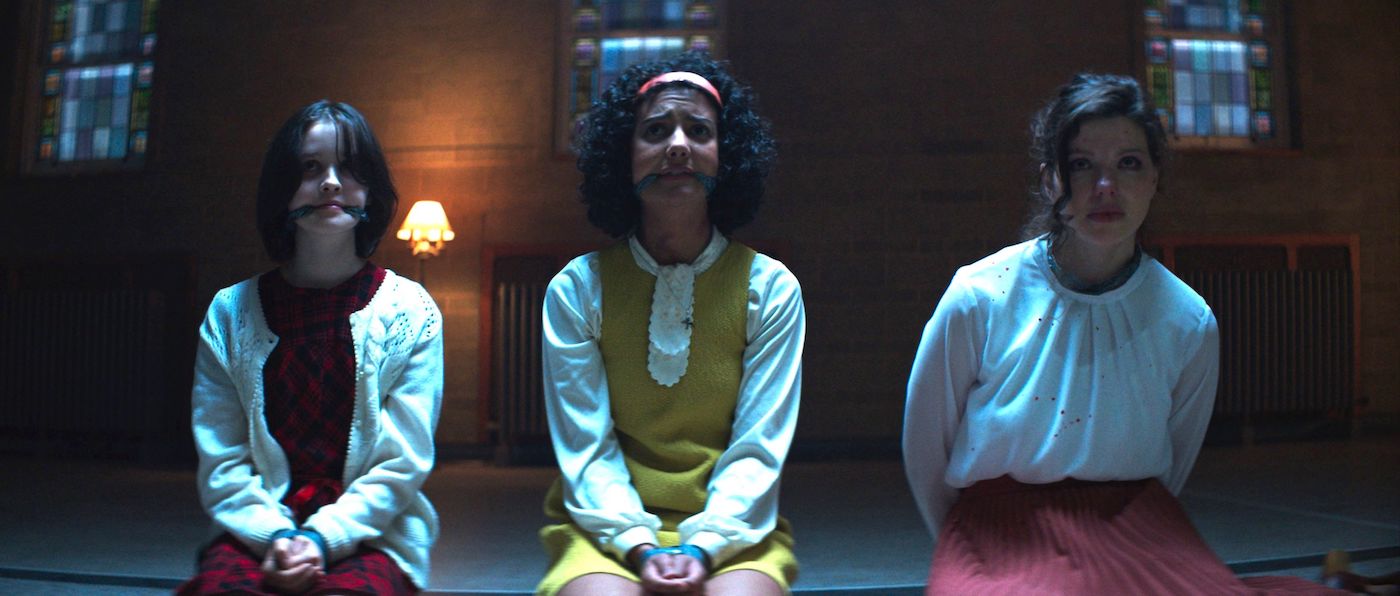
Three days before Christmas in 1971, the remaining students of Blackvale, a Catholic boarding school for girls, depart for the holidays. Circumstances leave teens Samantha (Madison Baines) and Clara (Georgia Acken) stuck at school with chaperones, but their attempts to make a cozy holiday get derailed with the arrival of a murderous cult. The Sacrifice Game may be a holiday ruiner for many of its characters, but for audiences, it’s a holiday horror treat. Jenn Wexler’s sophomore feature takes viewers on a journey with the sweet Samantha and peculiar Clara. One of the girls eventually reveals herself to be quite the evil puppetmaster. In Wexler’s hands, that’s a good thing; The Sacrifice Game features a rare instance where you’re rooting for evil (and friendship) to win.
The Children
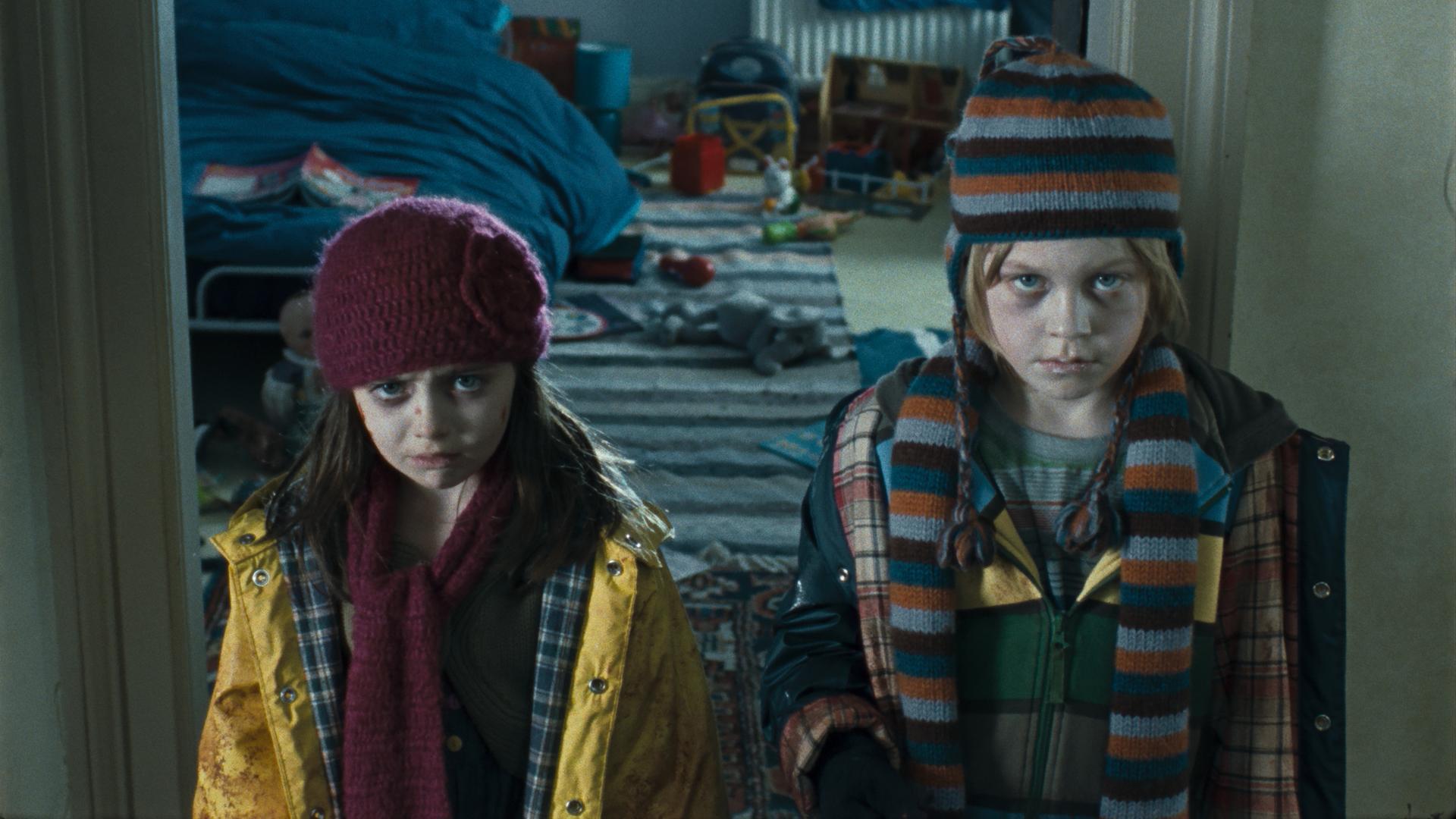
Children have a penchant for creepiness in horror, and The Children ranks high among the killer kid subgenre. An isolated family and friend gathering over the Christmas/New Year’s holiday winds up pitting children against parents when a gruesome virus breaks out. If you think the holiday setting means tamer kills, you’d be wrong; these children are malicious little killers. To be fair, it’s not their fault. Still, steer clear because these kids get ultra-violent and find inventive ways to get lethal with everyday items.
Better Watch Out
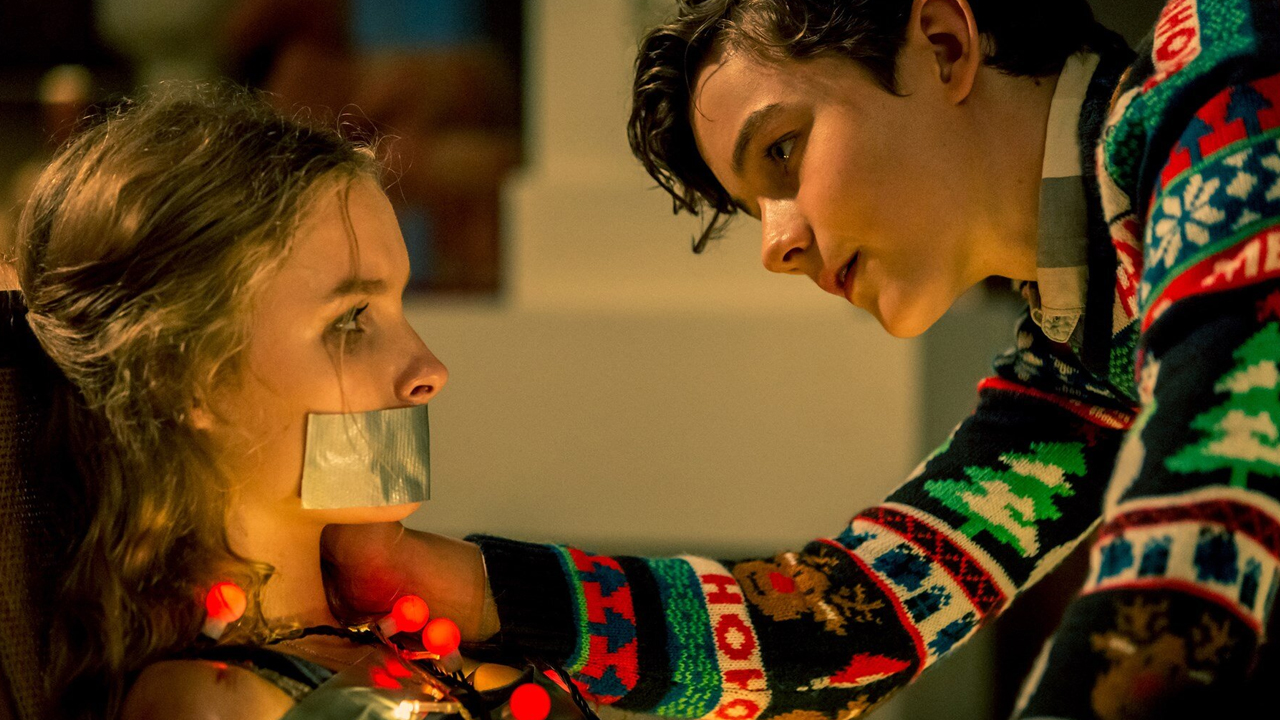
This title is for those that like their holiday horror full of pitch-black humor and one nasty mean streak. A babysitting job in the quiet suburbs turns into a harrowing night for the babysitter when her ward’s house is under siege by intruders. There’s far more than meets the eye in this twist on home-invasion horror, and it’s vicious. A bone-chilling pre-teen villain and one brutal kill that riffs on a family holiday favorite make this a memorable and crowd-pleasing pick. But expect this horror villain to induce rage like few others.
The Lodge
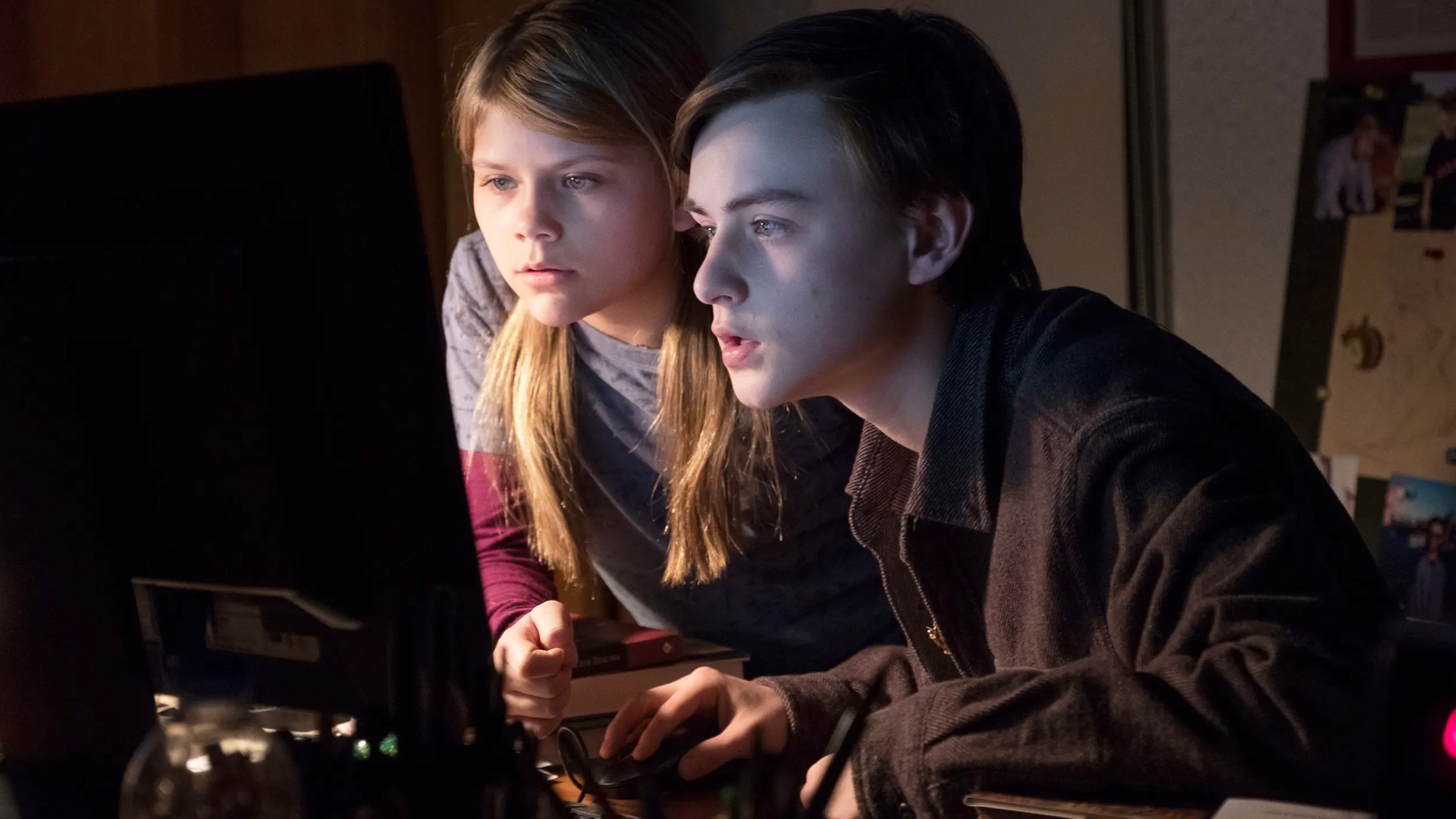
Veronika Franz and Severin Fiala’s follow-up to Goodnight Mommy carries over the theme of children misbehaving. A family trip to the remote family lodge for Christmas becomes a harrowing voyage into potential madness when soon-to-be stepmom Grace (Riley Keough) is left alone to take care of step-children Aidan (Jaeden Martell) and Mia (Lia McHugh). When the children seem to be making peace with Grace, a blizzard knocks the power out, trapping them all with Grace’s dark past. Moody and atmospheric, The Lodge is bleak horror. Nothing about this holiday horror movie is merry or bright, largely thanks to its young leads.

Editorials
Looking Back on the Stop-Motion Nightmare of 1986’s ‘The Pied Piper’

Genre classifications tend to fall apart the further we look back in time. That’s why nearly all the original versions of classic fairy tales contain at least one bizarrely horrific element or another. From the Evil Queen’s cannibalistic intentions in Snow White to the Big Bad Wolf successfully devouring both granny and Little Red Riding Hood, even the most innocent stories featured a twinge of terror back when they were first created. However, there is one fairy tale that remains surprisingly dark even in its current iteration, and that would be the chronicle of The Pied Piper of Hamelin.
A simple yet memorable yarn about a pipe-playing stranger who takes revenge on the populace of medieval Hamelin once they fail to pay him for eliminating their rat problem, the story of the Pied Piper has influenced countless other works of art (even popping up as a recurring influence on the Slenderman mythos). That’s why I find it so surprising that there’s no definitive big-screen adaptation of the iconic story – unless you count stop-motion animation.
Enter Czech filmmaker Jiří Barta, a pioneer stop-motion animator working for Kratky Film in the early ’80s. Having already made a name for himself by contributing to a myriad of televised short films aimed at children, Barta and the humble studio wanted to branch out and create a large-scale project meant for older audiences. After some discussion, the director settled on a bold retelling of the Piped Piper, wanting to present the story in a way that would stay true to its Germanic roots while also taking inspiration from Viktor Dyk’s 1911 reinterpretation of the tale, Krysař (Rat-Catcher in Czech).
And so production began on a one-of-a-kind animated spectacle that would incorporate German expressionism and medieval artwork into its visual design. Over the course of a year, Kratky’s artists produced meticulously crafted puppets and locations meant to evoke wood carvings – as well as a rat infestation brought to life through taxidermized skins and the occasional use of live-action photography.
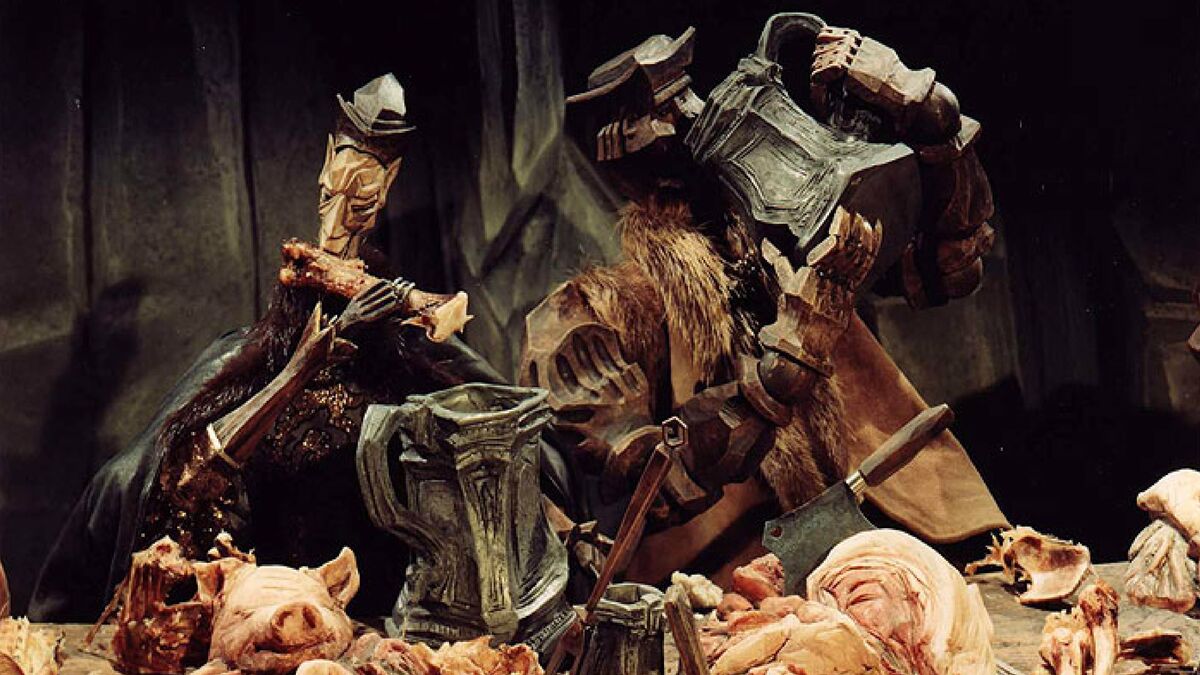
Not very appetizing.
In the finished film (which doesn’t require subtitles since the characters all speak in a fictional German dialect that we aren’t meant to understand), we follow the downfall of Hamelin as the wealthy townsfolk become corrupt in their miserly ways, with the bustling city eventually attracting a vicious swarm of rats. It’s only then that a pipe-playing stranger comes to town and is promptly hired to take care of the problem. Naturally, the Piper is soon betrayed, leading to a horrific comeuppance as the town faces the consequences of extreme avarice.
In 1986, Krysař (retitled to The Pied Piper in North America) would premiere to rave reviews, though this success remained mostly limited to the festival circuit and Eastern European theaters. It would actually take decades for the film to reach home video in America, with most Western cinephiles only coming across this landmark stop-motion fable through bootleg copies and international DVDs aided by the film’s lack of intelligible dialogue.
This aura of mystery may be partly responsible for the film’s enduring legacy as an obscure cult movie, with fans considering it one of the greatest hidden gems of all time, but it’s The Pied Piper’s exceedingly dark tone and imagery that really cemented its place as a classic.
While the general plot was faithfully recreated from familiar versions of the story, which is already one of the darkest fairy tales in existence (possibly due to its origins as an allegedly true horror story), it’s the flick’s deviations from its folkloric source material and the clear preference for Dyk’s bleak retelling that make it such a memorable experience.
For starters, the animated visuals actively enhance the story’s surreal undertones, making a serious experience that much more unsettling due to its whimsical presentation. Horrific moments like the murder and implied sexual assault of a sympathetic main character become downright disturbing when told through the eyes of wooden puppets, and the clockwork-inspired movements of the city folk reveal sinister implications about the inner workings of an oppressive metropolis.
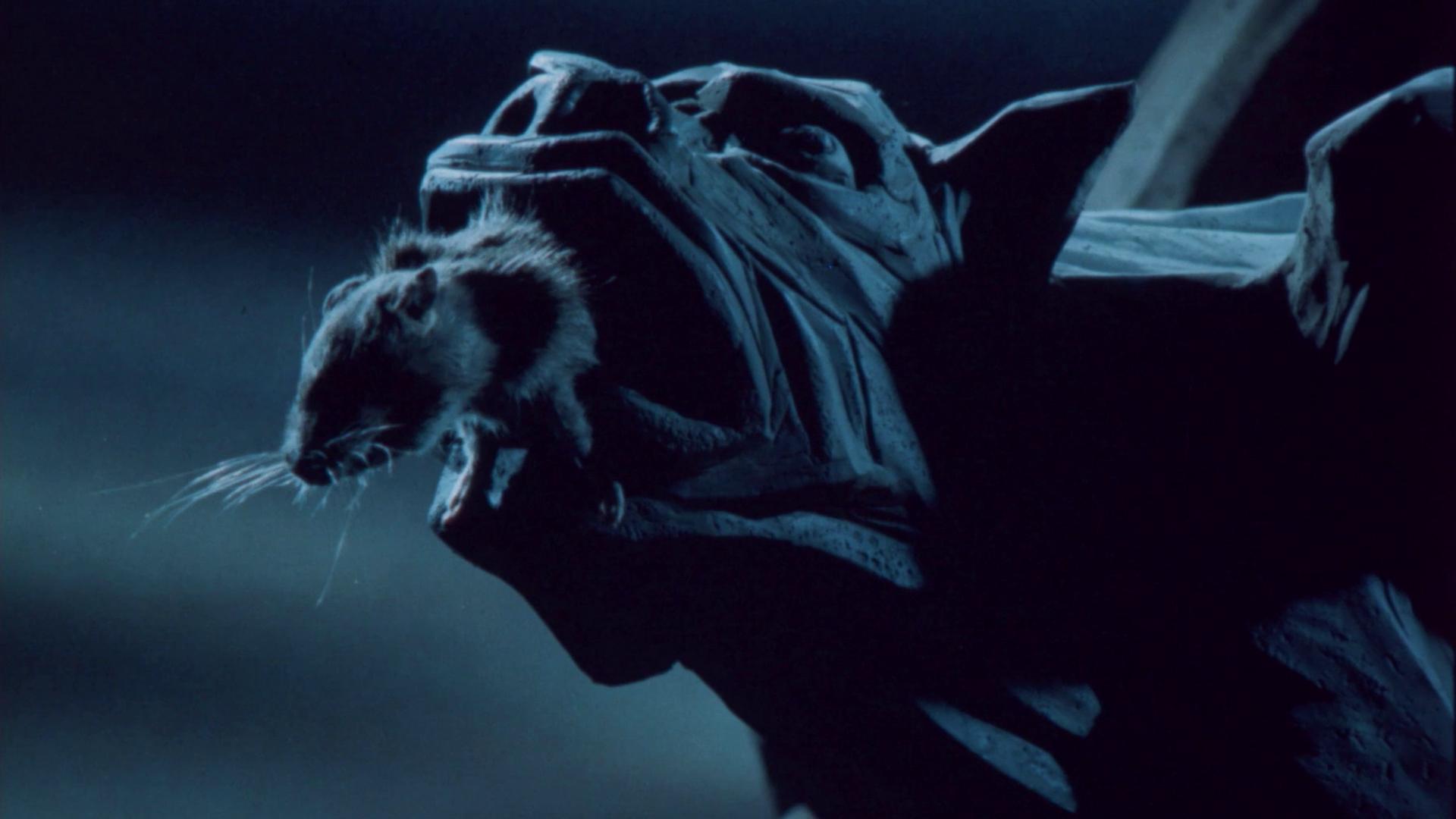
“Them filthy rodents are still coming for your souls!”
The rat plague itself is also incredibly unnerving, with the rodents’ organic design intentionally clashing with the mechanical feel of the rest of the film. The director originally intended for the vermin to feel more alive and sympathetic than the jaded inhabitants of Hamelin, but the use of real rat taxidermy also adds an additional layer of uncanny terror to the mix as the furry plague invades a mostly sterile production.
Of course, the scariest addition to Barta’s The Pied Piper comes from its grisly ending, which ditches the traditional climax of having the Piper kidnapping the local children and instead goes down an unexpected route of city-wide body-horror. I won’t spoil the details for those who still haven’t seen this wood-carved masterpiece, but suffice to say that the finale will stay with you long after the credits roll.
Like the legend that inspired it, The Pied Piper is much more than just a horror story. It’s an anthropological cautionary tale. It’s also a tragic love story, as well as a cathartic revenge yarn. But regardless of how you interpret it, it’s the overall brutality of Krysař that makes it so unique. That’s why I’m glad that the folks over at Deaf Crocodile have finally given the film the remastered Blu-ray release that it desperately needed.
And in a world where adult-oriented animation is finally getting the attention it deserves, with filmmakers like Guillermo del Toro championing the cinematic format as a medium rather than a genre, I think it’s worth looking back on Barta’s magnum opus as a poignant reminder that nightmares are not limited to live-action.


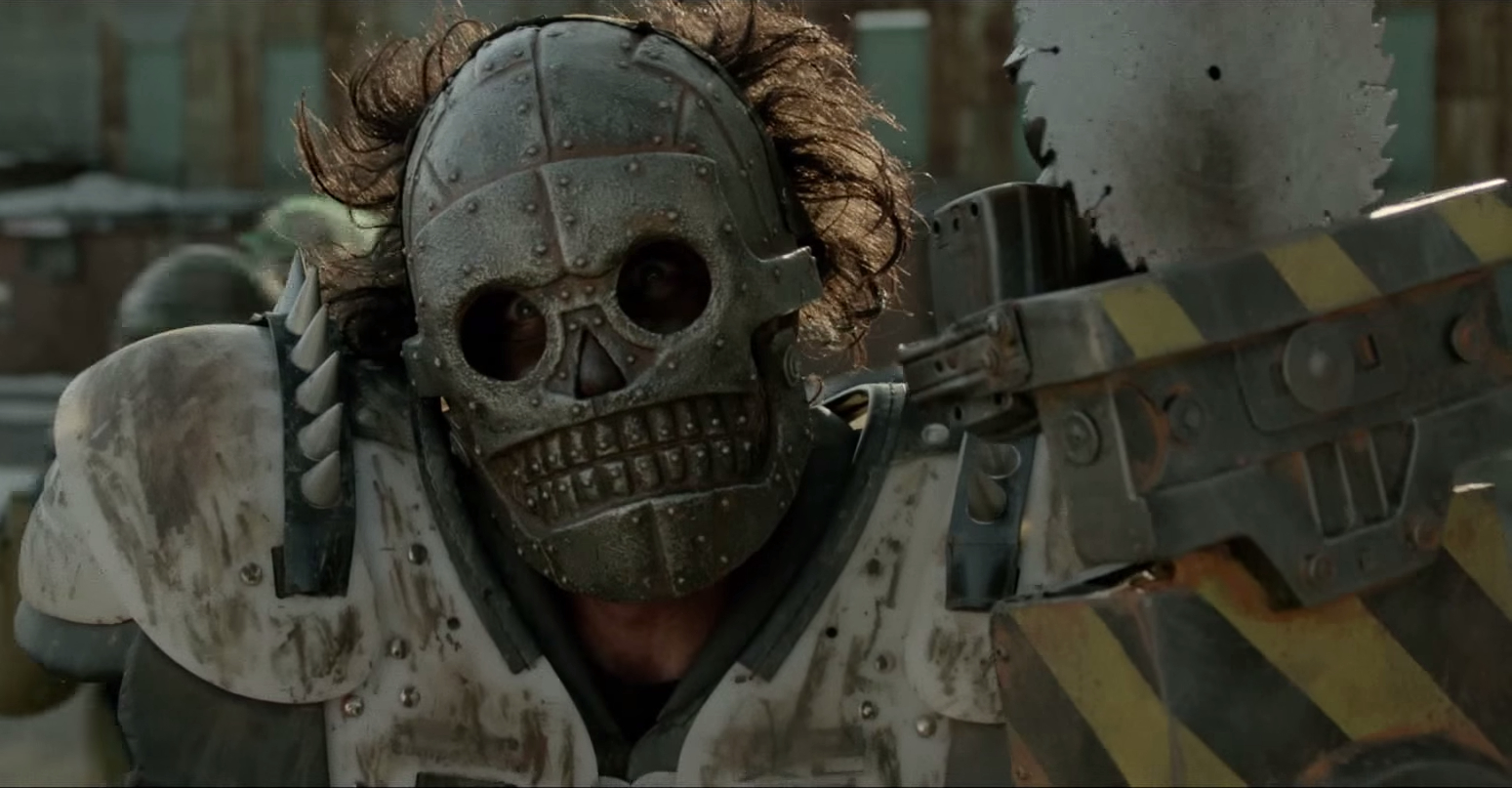


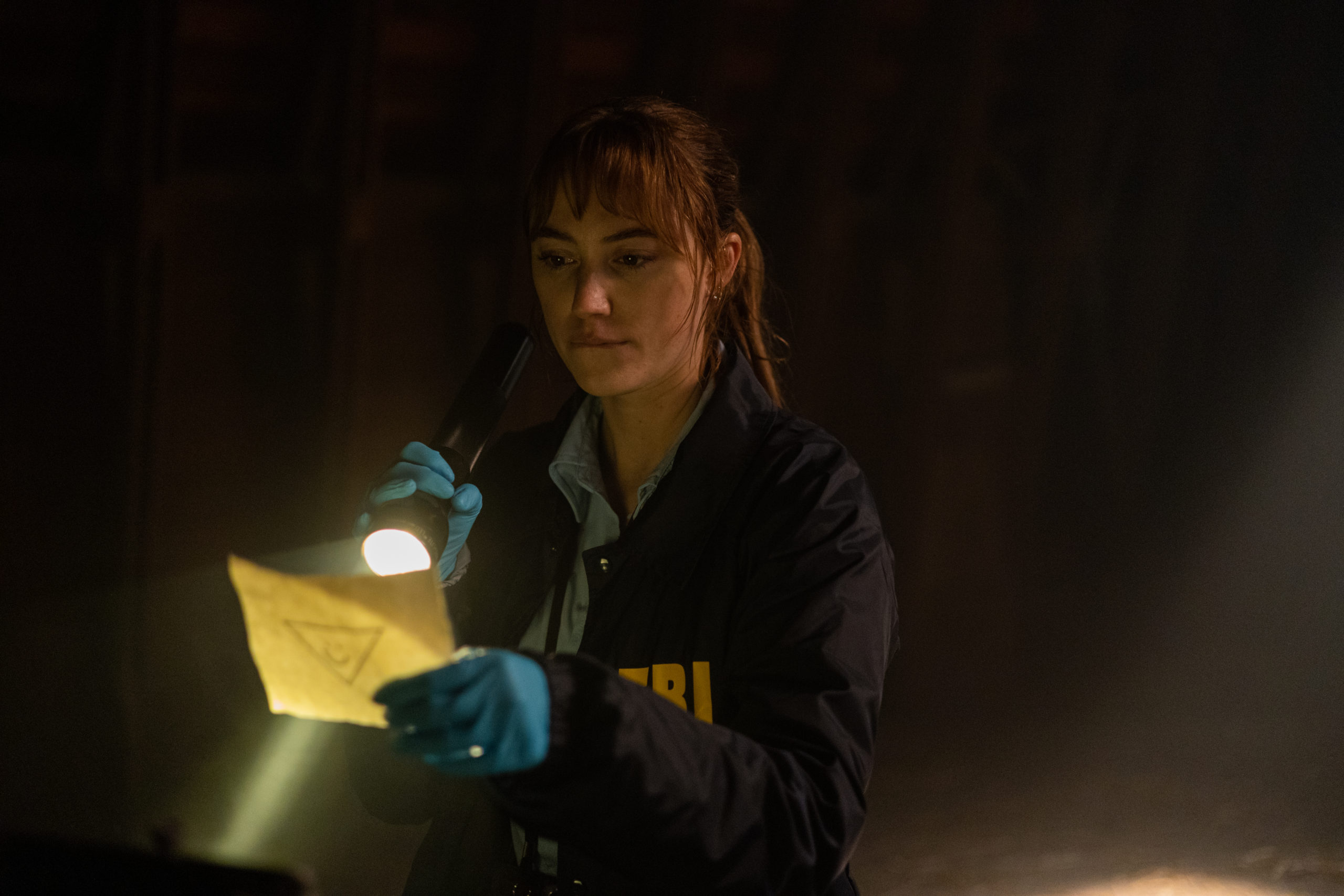






You must be logged in to post a comment.